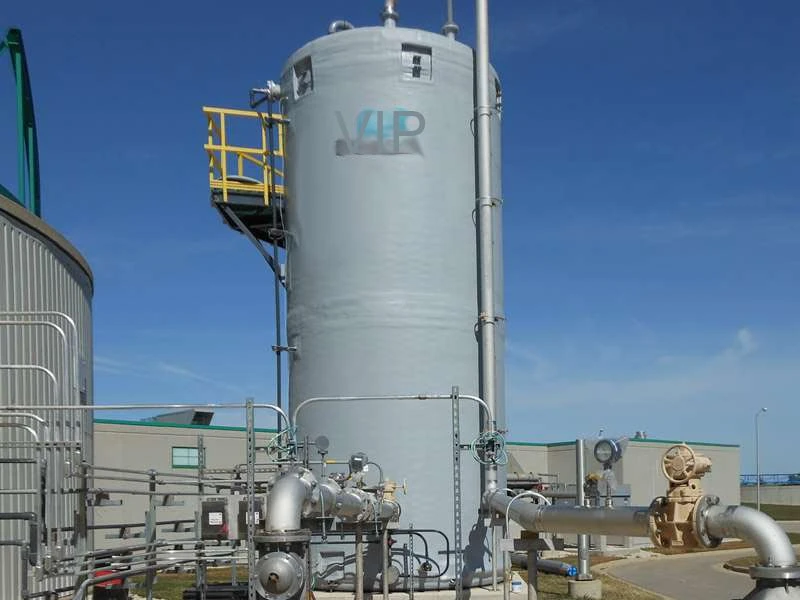
-
 Afrikaans
Afrikaans -
 Albanian
Albanian -
 Amharic
Amharic -
 Arabic
Arabic -
 Armenian
Armenian -
 Azerbaijani
Azerbaijani -
 Basque
Basque -
 Belarusian
Belarusian -
 Bengali
Bengali -
 Bosnian
Bosnian -
 Bulgarian
Bulgarian -
 Catalan
Catalan -
 Cebuano
Cebuano -
 China
China -
 China (Taiwan)
China (Taiwan) -
 Corsican
Corsican -
 Croatian
Croatian -
 Czech
Czech -
 Danish
Danish -
 Dutch
Dutch -
 English
English -
 Esperanto
Esperanto -
 Estonian
Estonian -
 Finnish
Finnish -
 French
French -
 Frisian
Frisian -
 Galician
Galician -
 Georgian
Georgian -
 German
German -
 Greek
Greek -
 Gujarati
Gujarati -
 Haitian Creole
Haitian Creole -
 hausa
hausa -
 hawaiian
hawaiian -
 Hebrew
Hebrew -
 Hindi
Hindi -
 Miao
Miao -
 Hungarian
Hungarian -
 Icelandic
Icelandic -
 igbo
igbo -
 Indonesian
Indonesian -
 irish
irish -
 Italian
Italian -
 Japanese
Japanese -
 Javanese
Javanese -
 Kannada
Kannada -
 kazakh
kazakh -
 Khmer
Khmer -
 Rwandese
Rwandese -
 Korean
Korean -
 Kurdish
Kurdish -
 Kyrgyz
Kyrgyz -
 Lao
Lao -
 Latin
Latin -
 Latvian
Latvian -
 Lithuanian
Lithuanian -
 Luxembourgish
Luxembourgish -
 Macedonian
Macedonian -
 Malgashi
Malgashi -
 Malay
Malay -
 Malayalam
Malayalam -
 Maltese
Maltese -
 Maori
Maori -
 Marathi
Marathi -
 Mongolian
Mongolian -
 Myanmar
Myanmar -
 Nepali
Nepali -
 Norwegian
Norwegian -
 Norwegian
Norwegian -
 Occitan
Occitan -
 Pashto
Pashto -
 Persian
Persian -
 Polish
Polish -
 Portuguese
Portuguese -
 Punjabi
Punjabi -
 Romanian
Romanian -
 Russian
Russian -
 Samoan
Samoan -
 Scottish Gaelic
Scottish Gaelic -
 Serbian
Serbian -
 Sesotho
Sesotho -
 Shona
Shona -
 Sindhi
Sindhi -
 Sinhala
Sinhala -
 Slovak
Slovak -
 Slovenian
Slovenian -
 Somali
Somali -
 Spanish
Spanish -
 Sundanese
Sundanese -
 Swahili
Swahili -
 Swedish
Swedish -
 Tagalog
Tagalog -
 Tajik
Tajik -
 Tamil
Tamil -
 Tatar
Tatar -
 Telugu
Telugu -
 Thai
Thai -
 Turkish
Turkish -
 Turkmen
Turkmen -
 Ukrainian
Ukrainian -
 Urdu
Urdu -
 Uighur
Uighur -
 Uzbek
Uzbek -
 Vietnamese
Vietnamese -
 Welsh
Welsh -
 Bantu
Bantu -
 Yiddish
Yiddish -
 Yoruba
Yoruba -
 Zulu
Zulu
Understanding FRP Fittings and Their Applications in Modern Construction Techniques
Understanding FRP Fittings A Comprehensive Overview
Fiber Reinforced Polymer (FRP) fittings have become increasingly popular in various industries due to their unique properties and benefits. These fittings, made from a combination of polymer resins and fiber reinforcements such as glass, carbon, or aramid, are revolutionizing how structures are designed and constructed. In this article, we will explore the various aspects of FRP fittings, including their advantages, applications, and considerations for use.
Advantages of FRP Fittings
One of the most significant advantages of FRP fittings is their lightweight nature. Compared to traditional metal fittings, FRP is considerably lighter, making it easier to handle and install. This feature not only reduces transportation costs but also minimizes the load on the existing structures, enhancing their longevity and stability.
Another critical benefit of FRP fittings is their corrosion resistance. Unlike metal fittings, which can deteriorate over time due to exposure to harsh environmental conditions, FRP fittings are designed to withstand corrosion from chemicals, moisture, and temperature variations. This makes them an ideal choice for use in industries such as chemical processing, wastewater treatment, and marine applications, where exposure to corrosive elements is common.
In addition to being lightweight and corrosion-resistant, FRP fittings exhibit excellent tensile strength and durability. The fiber reinforcements used in their manufacturing process contribute to their strength while maintaining flexibility. This combination allows FRP fittings to perform exceptionally well under stress and strain, making them suitable for applications requiring high performance.
Applications of FRP Fittings
The versatility of FRP fittings allows for their application across a wide range of sectors. In the construction industry, they are increasingly used for plumbing, electrical conduits, and structural supports. Their lightweight nature facilitates easier installation, which can lead to cost savings in labor and time.
frp fitting

In the utilities sector, FRP fittings are commonly found in water treatment facilities and pipelines, where their resistance to corrosion ensures a longer life span and reduced maintenance costs. They are also used in renewable energy projects, such as wind turbine components, where light weight and strength are crucial.
Moreover, the automotive and aerospace industries utilize FRP fittings to reduce weight and improve fuel efficiency. By replacing heavier metal components with FRP alternatives, manufacturers can create lighter vehicles that consume less fuel, contributing to reduced emissions and a smaller carbon footprint.
Considerations for Use
While FRP fittings offer numerous advantages, certain considerations must be kept in mind when selecting and using these materials. It is crucial to assess the specific environmental conditions of the application site to ensure that the chosen FRP fitting is suitable. Factors such as temperature fluctuations, exposure to chemicals, and mechanical loads should all be taken into account.
Additionally, the proper installation of FRP fittings is vital to their performance. It is essential that installation is carried out by trained professionals who understand the unique characteristics of FRP materials. Improper installation can lead to issues such as delamination or failure under load.
Conclusion
FRP fittings represent a significant advancement in material technology, providing solutions that are not only lightweight and durable but also environmentally friendly. As industries increasingly prioritize sustainability and efficiency, the demand for FRP fittings is expected to grow. Understanding their advantages, applications, and considerations will help in making informed decisions when incorporating them into various projects. As we continue to innovate and adapt, FRP fittings will undoubtedly play a crucial role in the future of construction and manufacturing.









